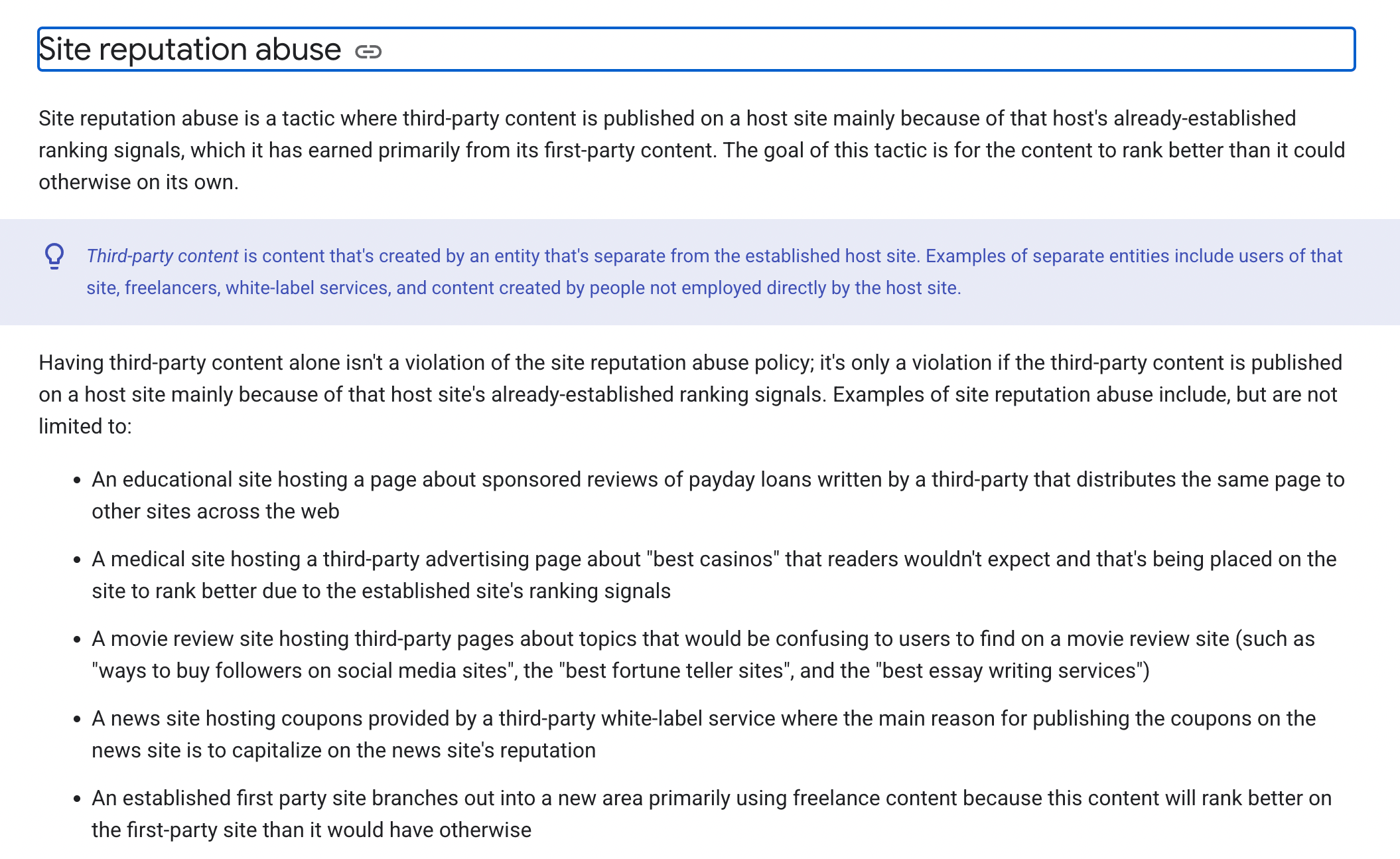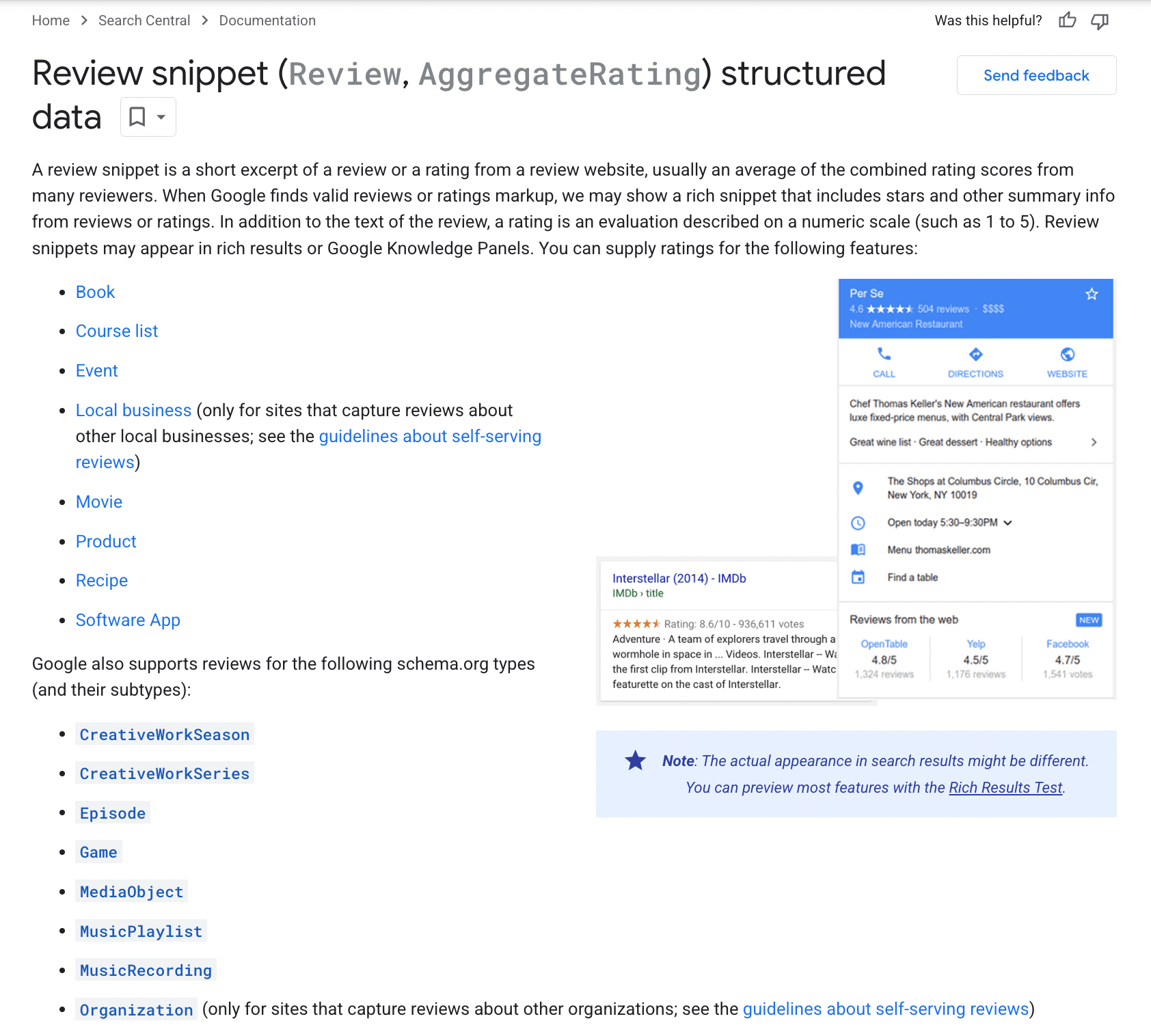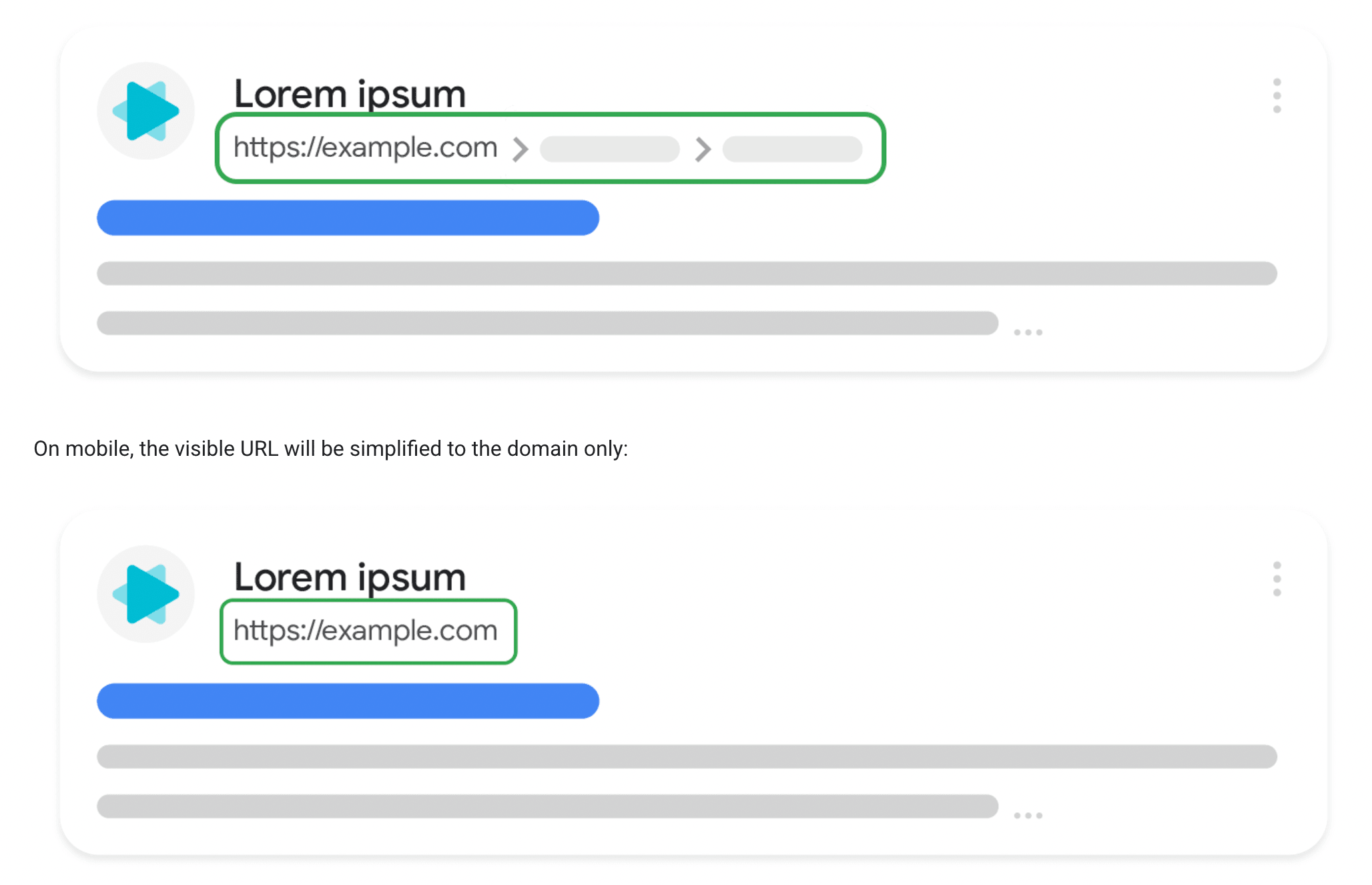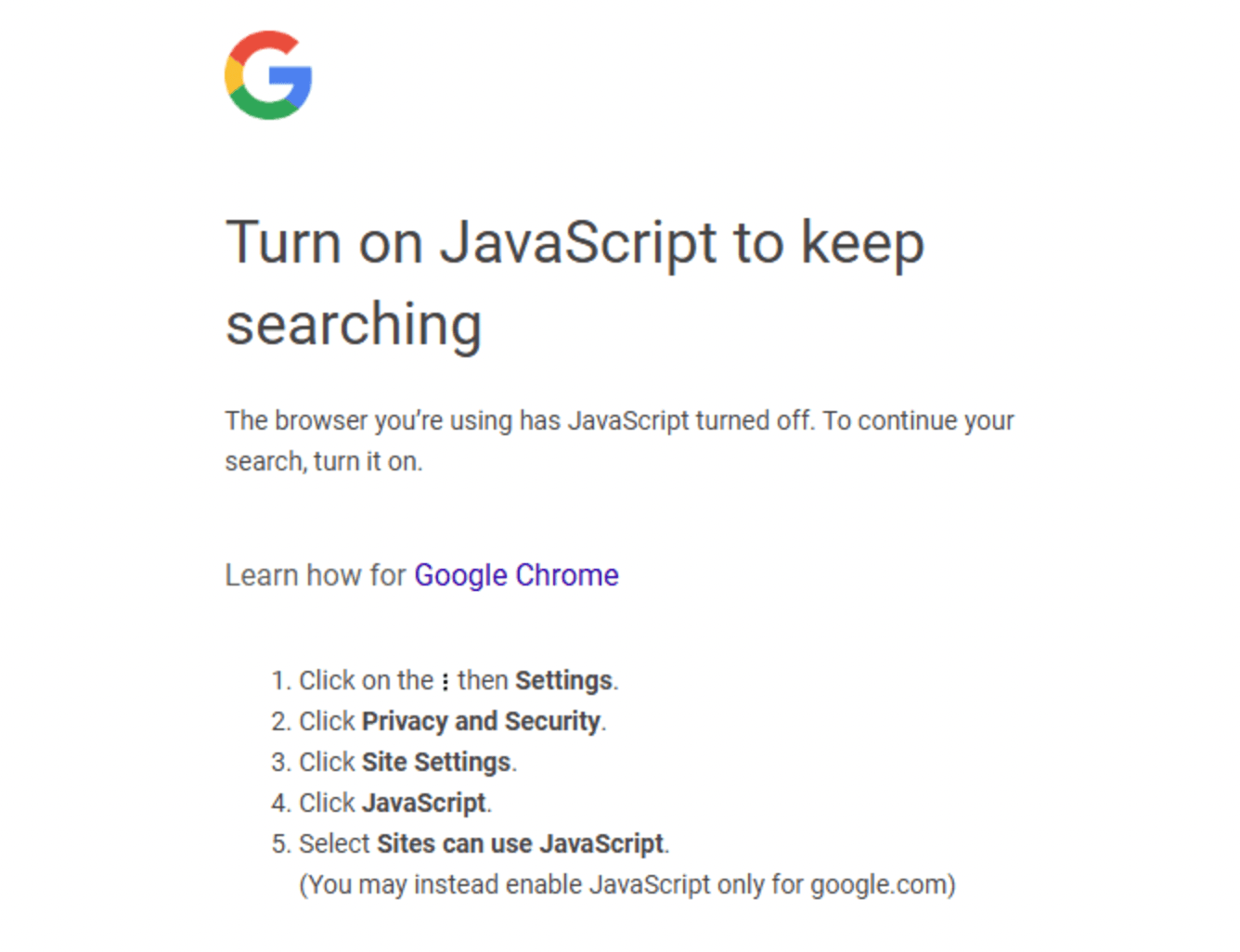/
SEO
/
0 min read
Search Engine Recap - January 2025
Here’s your monthly roundup of the biggest search engine updates to keep your SEO strategy ahead of the competition. Welcome to the first recap of 2025.
Expired domain abuse
Site reputation abuse
Scaled content abuse
A written review
The reviewer's name
We’re kicking off the year with a recap of major updates from search in January - a month that brought significant changes, including an update to Google’s Search Quality Rater Guidelines, developments in mobile search, and confirmation that Google can detect AI-generated content. Here’s what you need to know.
Google Updates Search Quality Rater Guidelines
In January, Google updated its Search Quality Rater Guidelines, introducing new definitions for AI-generated content and additional spam classifications.
The update clarifies that AI-generated content is allowed as long as it provides unique value to users. However, Google acknowledges that AI alone often falls short, as its outputs can be overly generic.

Google has also introduced three new spam categories:
Although updates to the Quality Rater Guidelines do not directly impact search rankings, they reflect Google’s evolving approach to content quality evaluation and spam detection.
Google Can Now Identify AI-Generated Content
A recent discovery suggests that Google is actively identifying and evaluating AI-generated content in search results.
This insight comes from Google’s Search Quality Team, where Chris Nelson mentioned on LinkedIn that his work focuses on "detection and treatment of AI-generated content."

Although Google has publicly stated that AI-generated content is acceptable if it is high quality, this revelation suggests that Google is likely assessing AI content to differentiate valuable material from manipulative content.
This is critical, as many domains faced penalties in 2024 due to excessive reliance on AI-generated content.
Google Updates Documentation for 'Site Reputation' Abuse
Google has updated its site reputation abuse documentation, offering clearer guidance to help businesses stay compliant.
The update does not change policy enforcement but incorporates more detailed explanations from Google’s past blog posts and FAQs.

Site reputation abuse occurs when third-party content is published on high-authority domains to exploit their ranking power. The revised documentation aims to help website owners better understand violations and avoid practices that misuse authoritative domains.
Many businesses lost significant traffic in the last spam update due to site reputation abuse - a warning for those still engaging in the practice.
Google Improves Structured Data Documentation
Google has updated its structured data documentation, making guidelines clearer and more relevant to help businesses refine their SEO efforts.

Key takeaways include the importance of precise language in content and how AI-driven search interprets text.
This update reinforces Google’s focus on high-quality, well-structured content, making it crucial for SEO professionals to fine-tune content for clarity and relevance. The message here is simple: be concise and avoid unnecessary words.
Google Updates 'Review Snippet' Guidelines
Google has revised its review snippet guidelines, now recommending that ratings include:
This update aims to increase transparency and provide users with more context when viewing search results.
Although this is not a requirement for rich results, Google suggests that it helps users better understand the credibility behind ratings.

This change is expected to improve the quality of review snippets, making them more valuable for users while benefiting domains that adhere to best practices for structured data.
AI Overviews Continue Expanding in Search Results
New data shows that AI Overviews are becoming even more visible in search results in markets where they are already active—and at an accelerated rate.
This shift pushes traditional organic results further down the page, potentially impacting click-through rates (CTR). Businesses are encouraged to adjust their strategies accordingly, if they haven’t already.
The growing influence of AI in search marks a significant evolution in content perception. Google’s continued experimentation with AI Overviews confirms the need for ongoing analysis of their long-term impact.
PageSpeed Insights Now Displays New CrUX Metrics
Google has updated PageSpeed Insights (PSI) to include data collection periods for Chrome User Experience Report (CrUX) metrics.
This update provides developers with more precise insights into when performance data was gathered.

CrUX metrics operate on a 28-day rolling period with a two-day delay, meaning the data represents real-world user experiences over time.
This improvement increases transparency and makes it easier for developers to analyze trends and optimize site performance based on accurate historical data.
AI Overviews Are Now Part of Circle to Search
Google has expanded AI Overviews into its Circle to Search feature, enhancing visual search capabilities on Android devices.
Users can now circle, draw, or tap on objects in images, social media posts, or ads to get instant AI-driven summaries - without leaving their current app.

This improvement makes it easier to research trending products, competitor ads, and brand logos, while also providing insights into prices and related products.
This update strengthens Google’s push for AI-driven user experiences.
Google Removes Breadcrumbs from Mobile Search Results
Google has removed breadcrumbs from mobile search results, simplifying URL display so that only the domain name appears.
Breadcrumbs will, however, still be visible on desktop search results.
Google explained that breadcrumbs often get truncated on smaller screens, making them less useful for users.

This update aims to create a cleaner, more user-friendly mobile search experience. Websites using breadcrumb structured data do not need to make any changes, as the update only affects mobile search display.
Google’s JavaScript Updates Disrupt SEO Tools
Finally, Google has introduced JavaScript-related changes that have caused significant issues for SEO tools, as it now requires JavaScript to deliver search results.
This update blocks bots and scrapers, impacting third-party tools like Semrush, which rely on automated queries for ranking data.

SEO experts suspect Google is using rate limiting and JavaScript execution to prevent excessive automated traffic.
While some tools are working on workarounds, this change indicates a tightening of bot detection, which could make SEO data collection more expensive and challenging.
Interestingly, Ahrefs appears unaffected, as it already runs with JavaScript enabled. This highlights why Ahrefs remains one of the best SEO tools - and why we at Bonzer continue to recommend it over others.
Takeaways and Recommendations
2025 has kicked off at the same pace as 2024 ended - with major documentation updates and a clear message from Google: follow the guidelines, or risk losing visibility.
Businesses that don’t align with search engine policies are more vulnerable than ever, as seen in Google’s latest spam update.
It’s also worth noting that Google can now detect AI-generated content - a wake-up call for those relying solely on AI-produced material. AI should be used, but strategically and in combination with human input to enhance the overall user experience.
Finally, Google’s JavaScript changes have made SEO data collection more challenging, affecting some tools more than others. Ahrefs remains one of the most reliable tools, while others struggle to adapt.
Want to understand how your SEO data stacks up or need help navigating these changes? Get in touch with Bonzer. As a specialized SEO agency, we help ambitious businesses maximize their search visibility and growth.

CPO & Partner
Thomas is the CPO (Chief Product Officer) and Partner at Bonzer, which means his day-to-day focus lies in constantly analyzing Google's algorithm and developing SEO as a product. Thomas has worked with SEO for several years with a strong passion for sharing his knowledge on how businesses can best implement SEO into their operations. In addition to Bonzer, Thomas contributes his expertise to readers at publications like Search Engine Journal, DanDomain, and Detailfolk. He also teaches Digital Media Strategy at Copenhagen Business School and SEO at DMJX in Copenhagen. If you have any questions or requests regarding the SEO universe, feel free to contact him at [email protected].

Let us show you an SEO strategy that can take you to the next level
A brief meeting, where we review your position in the market and present the opportunities.
Let us show you an SEO strategy that can take you to the next level
A brief meeting, where we review your position in the market and present the opportunities.